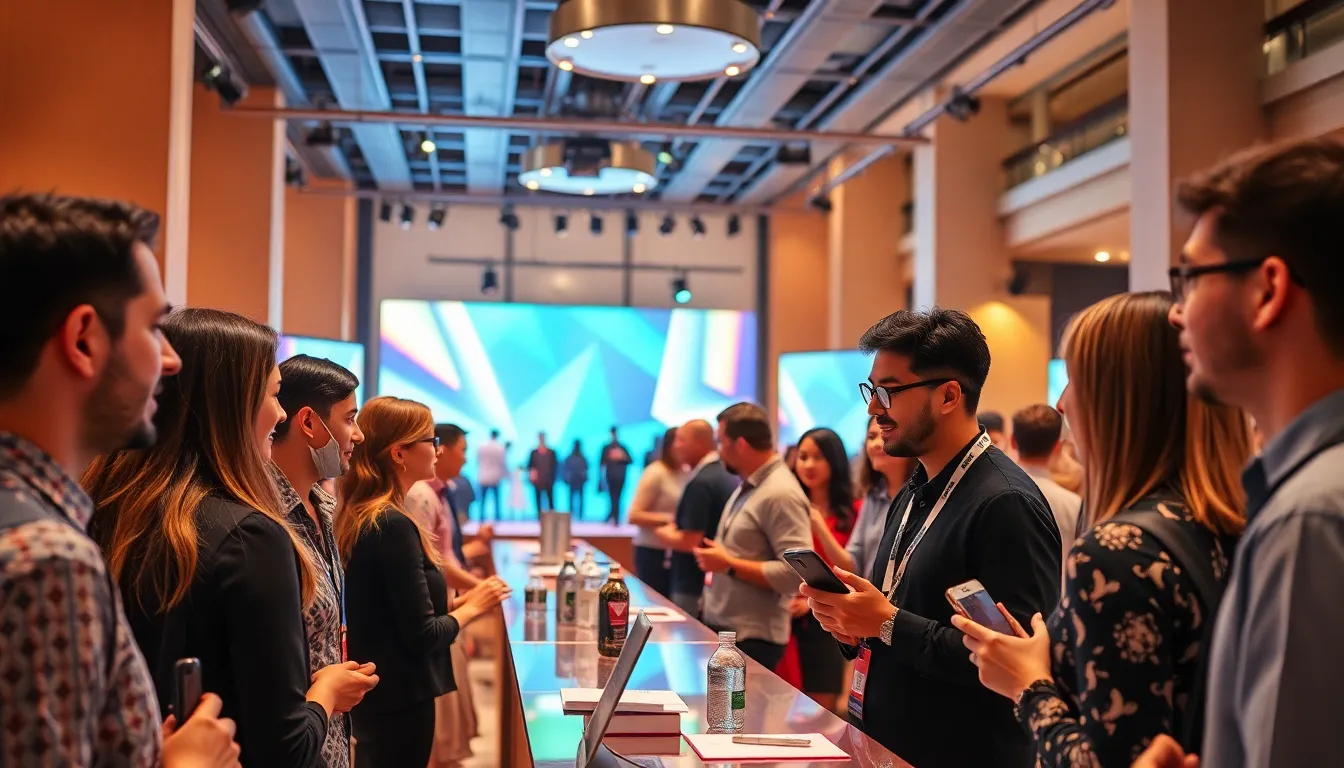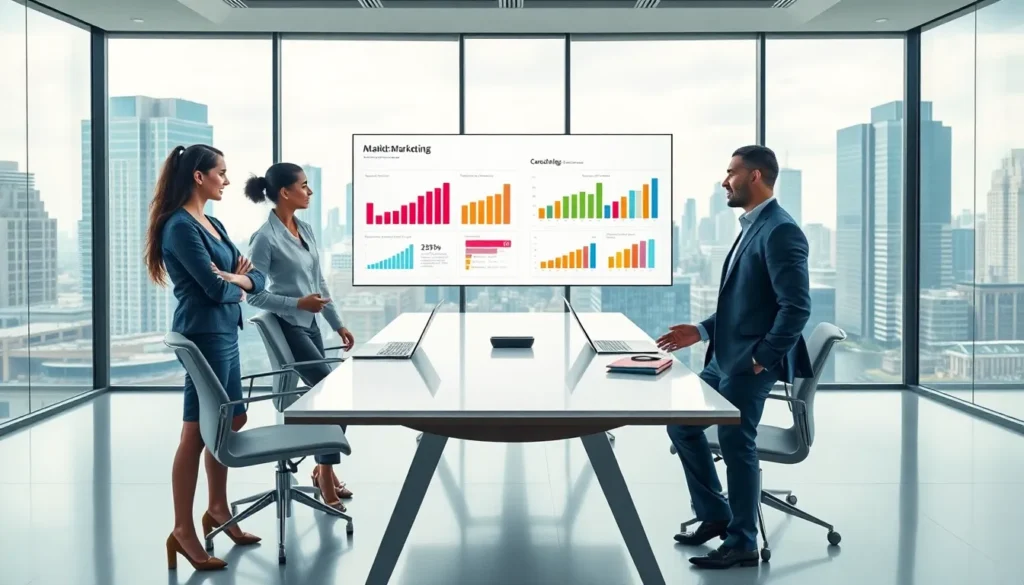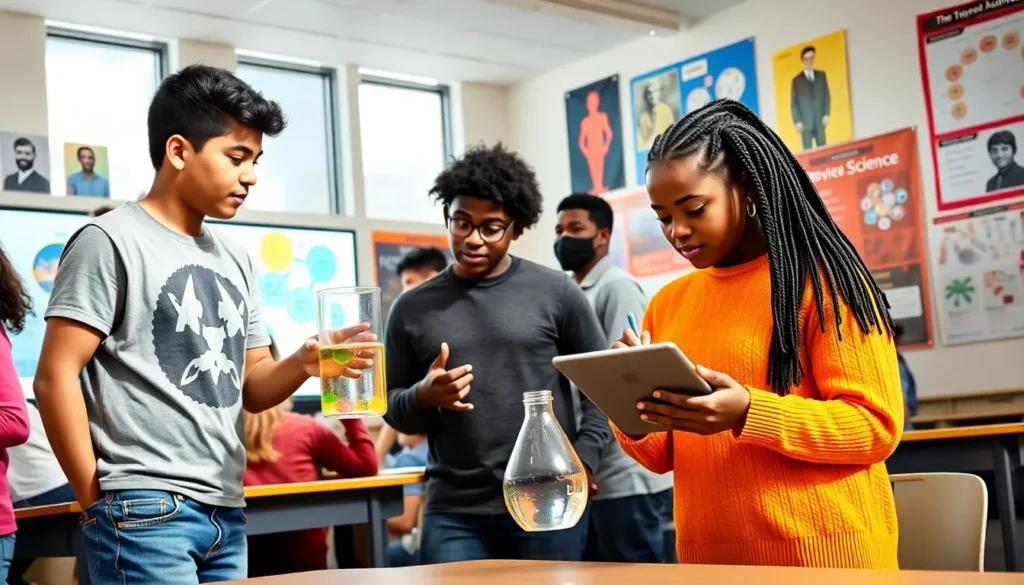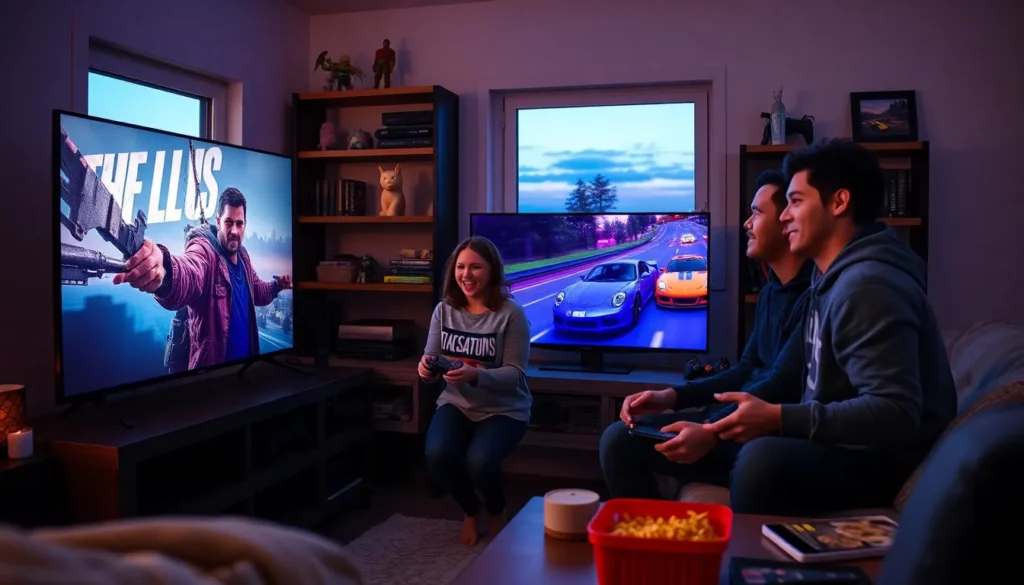Table of Contents
ToggleWhen a brand launches something new, it’s not just another Tuesday—it’s a spectacle! Launch events are the fireworks of the marketing world, bursting with excitement and anticipation. From dazzling presentations to star-studded guest lists, these events create a buzz that can light up social media for days. But what happens when the confetti settles? That’s where coverage comes in, transforming the fleeting moments into lasting impressions.
Importance of Launch Event Coverage
Launch event coverage plays a crucial role in amplifying the impact of brand initiatives. Effective coverage can extend the excitement generated during the event, keeping audiences engaged long after the occasion.
Engaging Your Audience
Engagement begins the moment audiences hear about the launch. Powerful visual content, like videos and images, captivates attention on social media platforms. Engaging influencers broadens reach, spreading key messages among varied demographics. Interactive elements, such as live Q&A sessions, help audiences feel involved. This interaction nurtures relationships between brands and consumers. Effective storytelling during event coverage draws viewers in, making them invested in the brand’s journey.
Building Anticipation
Building anticipation starts before the event. Teasers and sneak peeks generate excitement and entice audiences. Social media countdowns create urgency regarding the event date. Collaborating with influencers ensures wider reach, drawing their followers into the conversation. An engaging press release can capture media attention and prompt coverage across platforms. Encouraging pre-registration for the event allows brands to gauge interest levels. Excitement cultivated through strategic marketing ensures heightened enthusiasm leading up to the launch.
Types of Launch Events


Launch events come in various formats, each catering to different audience needs and market strategies. Understanding these types helps brands maximize their impact and reach.
Virtual Launch Events
Virtual launch events utilize online platforms to connect with global audiences. Organizations host webinars, live streams, or social media broadcasts to unveil new products or services. One significant advantage is the ability to engage participants from various locations simultaneously. Many brands employ interactive elements such as polls and Q&A sessions to enhance viewer engagement. Additionally, visual content shared in real-time allows for strong audience connection.
In-Person Launch Events
In-person launch events create immersive experiences that resonate with attendees. Venues often include distinctive locations that align with the brand’s identity. By incorporating live demonstrations, attendees can directly interact with new products. Networking opportunities provide an additional layer of engagement, fostering relationships among attendees. Event planners frequently invite influencers and industry leaders to generate buzz and credibility surrounding the launch.
Best Practices for Coverage
Launch event coverage requires meticulous planning and execution to effectively capture and convey brand narratives. Several best practices improve the quality and reach of the coverage.
Preparing for the Event
Effective preparation sets the stage for successful coverage. Begin by defining clear goals for the coverage to align with overall brand objectives. Assemble a dedicated team responsible for documenting various aspects of the event, ensuring roles and responsibilities are well-understood. Schedule rehearsals with speakers and presenters to guarantee smooth presentations, reducing the likelihood of technical issues on event day. Finally, create a timeline that outlines key moments to capture, keeping the coverage focused and engaging.
Capturing Key Moments
Capturing key moments enhances storytelling and audience engagement. Invest in high-quality equipment to ensure clear visuals and sound during presentations or speeches. Highlight significant product launches, guest appearances, and audience reactions to paint a vivid picture of the event atmosphere. Use multiple angles and shots to provide diverse perspectives on each moment. After the event, curate a selection of the best images and videos for sharing across various platforms, amplifying the brand’s message.
Utilizing Social Media
Social media plays a pivotal role in maximizing event visibility. Share real-time updates and behind-the-scenes content to create a sense of urgency and excitement among followers. Encourage attendees to post their experiences by creating a unique event hashtag, which aids in organizing conversations and increases engagement. Collaborate with influencers and brand advocates to reach a broader audience, leveraging their networks for additional visibility. Post-event, compile highlights and key takeaways into visually appealing formats for easy sharing and engagement across platforms.
Tools and Technologies
Tools and technologies significantly enhance the effectiveness of launch event coverage. Utilizing the right solutions ensures engaging and memorable experiences for audiences.
Live Streaming Solutions
Online engagement thrives with robust live streaming solutions. Platforms such as Zoom, YouTube Live, and Facebook Live allow brands to reach global audiences instantly. Utilizing these options integrates interactive elements like Q&A sessions and polls. High-definition video enhances the overall viewing experience, making it visually appealing. Brands can also repurpose recorded streams for on-demand viewing, extending the event’s lifespan and reach. Choosing the appropriate platform aligns with the target audience’s preferences, maximizing engagement.
Content Creation Tools
Various content creation tools play a pivotal role in post-event coverage. Tools such as Canva and Adobe Spark enable brands to design eye-catching graphics and social media posts efficiently. High-quality video editing software like Final Cut Pro or Adobe Premiere Pro can transform raw footage into polished highlight reels. Engaging blog posts or articles can be generated with tools like Grammarly, ensuring professional-level writing and editing. Content scheduling apps, including Hootsuite or Buffer, facilitate timely dissemination across platforms, maintaining audience interest long after any event. Prioritizing these tools simplifies collaboration and elevates brand storytelling efforts.
Effective launch event coverage is essential for brands aiming to leave a lasting impression. By strategically utilizing various formats and engaging tools brands can amplify their reach and enhance audience interaction. The right mix of planning and execution ensures that every moment is captured and shared, maintaining excitement well beyond the event itself.
Leveraging social media and influencer partnerships can significantly boost visibility while high-quality content keeps the conversation going. With the right approach to coverage brands can transform fleeting events into memorable experiences that resonate with audiences and strengthen brand loyalty.







